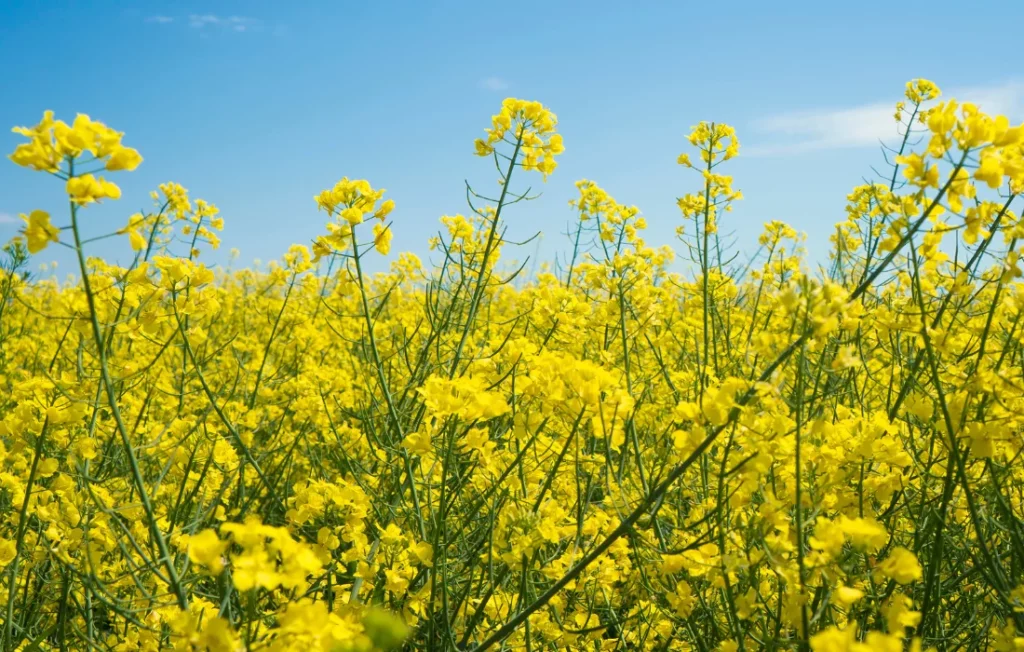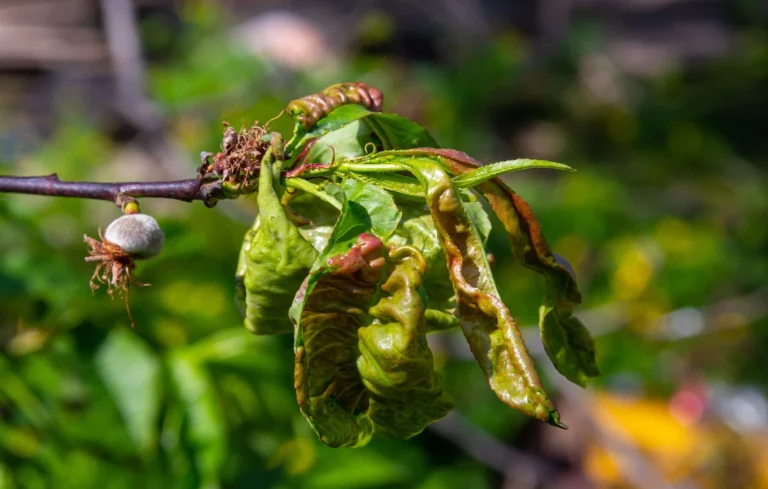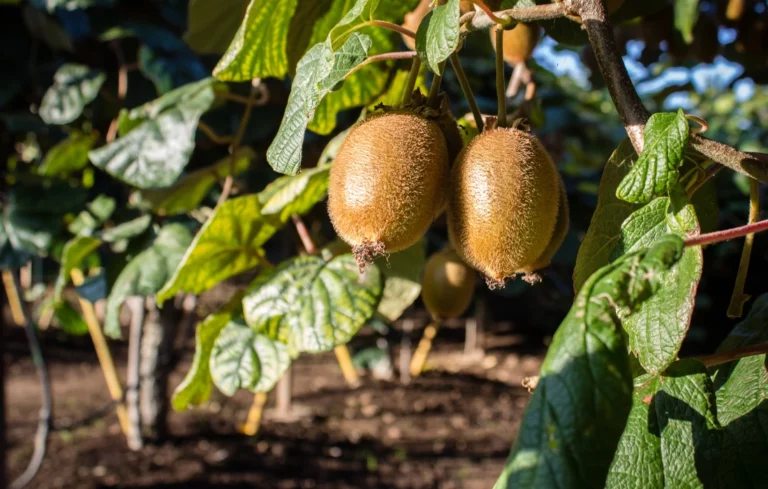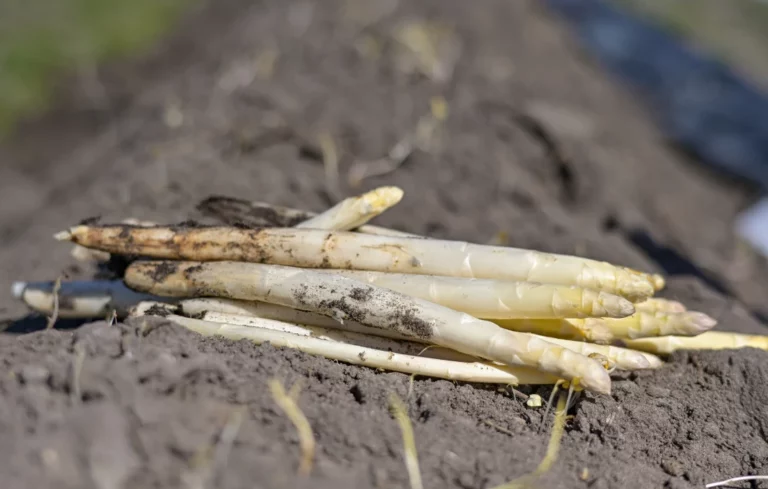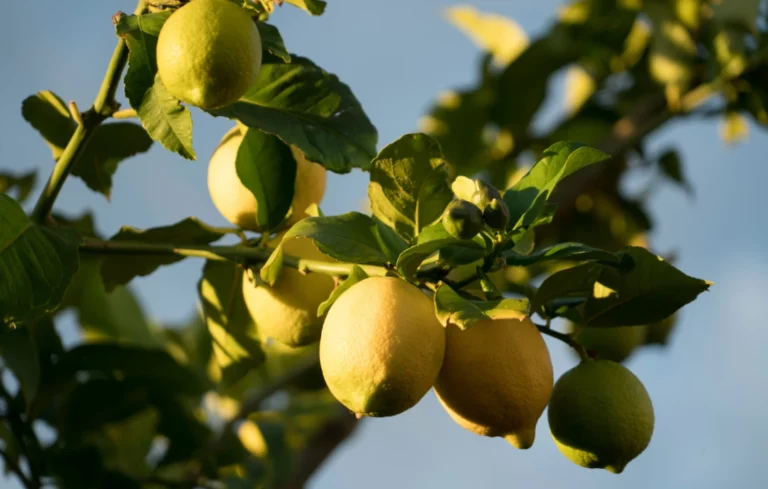Rapeseed, a strategic crop in France, is not immune to numerous diseases that can threaten its yield and quality. From emergence to flowering, various fungi and pathogens attack the leaves, stems, roots, and pods, taking advantage of climatic conditions favorable to their development. A thorough understanding of these diseases allows for better risk anticipation and the implementation of appropriate protection strategies that are environmentally friendly and compatible with organic or conventional farming.
- Phoma of rapeseed (Phoma lingam / Leptosphaeria maculans)
- White leaf spot (Pseudocercosporella capsellae)
- Early blight of rapeseed (Alternaria brassicae)
- Ring spot disease of brassicas (Mycosphaerella brassicicola)
- Cylindrosporium concentricum
- Rapeseed late blight (Peronospora brassicae)
- Powdery mildew of rapeseed (Erysiphe cruciferarum)
- Sclerotinia in rapeseed (Sclerotinia sclerotiorum)
- Rapeseed damping-off
- Clubroot of rapeseed (Plasmodiophora brassicae)
- Verticillium (Verticillium dahliae)
- Agrobiotop natural solutions against rapeseed diseases
Phoma of rapeseed (Phoma lingam / Leptosphaeria maculans)
Phoma is one of the most feared diseases affecting rapeseed crops in France. It mainly affects autumn when humidity is high. During this season, ash-gray spots adorned with small black dots appear on the leaves, marking the first visible signs of infection.
The disease progresses insidiously: as winter draws to a close, necrosis spreads to the crown, causing significant weakness at the base of the stem. Affected plants dry out prematurely or break during flowering, resulting in significant yield losses.
The diagnosis can be confused with pseudocercosporellosis disease, but the absence of black spots at the beginning of infection allows them to be differentiated.
White leaf spot (Pseudocercosporella capsellae)
Pseudocercosporellosis also develops in humid climates in autumn. On leaves, it begins as small white spots that gradually enlarge to 15 mm, causing drying and premature fall. On pods, discreet dark brown dots appear before spreading into irregular spots.
Unlike Phoma, no black spots are observed in the early stages, making the disease easier to recognize. Premature leaf loss impacts the overall vigor of the crop.
Early blight of rapeseed (Alternaria brassicae)
Alternaria of rapeseed develops mainly in spring, taking advantage of warm and humid periods.
Symptoms vary:
- On leaves, small irregular black spots, sometimes surrounded by a yellow halo, with alternating dark and light areas.
- On stems, elongation of black spots.
- On pods, small, round black spots appear.
The rapid progression of symptoms can affect the quality of the pods and compromise the harvest.
Do you need a natural solution for a rapeseed disease?
Ring spot disease of brassicas (Mycosphaerella brassicicola)
Ring spot disease of brassicas thrives in mild, humid climates, particularly along the Atlantic coast. The fungus survives in crop residues in the form of microsclerotia, ensuring its persistence from one season to the next.
Affected leaves display brown spots surrounded by a clearly visible chlorotic halo, sometimes marked by concentric rings. Small black fruiting bodies, called perithecia, develop in the dead tissue. The stems, meanwhile, display elongated lesions with a light center. On siliques, brown spots with a gray center appear, indicating a more advanced infection.
Cylindrosporium concentricum
This disease develops during rainy autumns and springs. Infected leaves initially appear as light green patches dotted with small white spots, corresponding to the acervuli of the fungus.
They then develop into beige, corky spots, leading to thickening and cracking of the tissues. On the stems, transversely cracked beige lesions indicate severe infection. Siliques and peduncles also show corky spots, accompanied by deformations and necrosis, which compromise seed formation.
Rapeseed late blight (Peronospora brassicae)
Rapeseed downy mildew occurs between 8 and 16°C, typical of cool early spring conditions. The leaves reveal irregular brown or yellowish spots on their upper surface, while a white felting develops discreetly on the underside.
White-grey spots appear on the pods. Although often considered less damaging than on other crops, rapeseed downy mildew can reduce plant vigour and crop quality if the infection is severe.
Powdery mildew of rapeseed (Erysiphe cruciferarum)
Rapeseed powdery mildew thrives in temperatures above 22°C, which explains its frequent occurrence in the south of France. However, it can appear in other regions if the spring is warm and dry.
On leaves, stems, and pods, a floury white down covers the affected tissues. Small black spots can be seen under the mycelium. This disease causes premature leaf drying, reduced growth, and a decrease in seed size, thus directly affecting final production.
Sclerotinia in rapeseed (Sclerotinia sclerotiorum)
Sclerotinia can devastate more than 400 plant species, including rapeseed. The risk of infection increases when the soil contains sclerotia and the weather is humid before flowering. The invasion begins with the appearance of white mycelium on the affected tissues. Rot sets in on the leaves, and large whitish spots become visible on the stems. The siliques turn white, dry out, and may contain sclerotia.
Rapeseed damping-off
Damping-off is a silent threat at seedling emergence, especially when humidity is high and temperatures drop below 10°C. Infected seedlings have blackened, dried-out crowns and roots. The rapid disappearance of young plants directly impacts crop density, sometimes requiring partial or total reseeding depending on the extent of the damage.
Clubroot of rapeseed (Plasmodiophora brassicae)
Clubroot in rapeseed is recognizable by its root deformities: thick, misshapen galls form underground, hindering the absorption of water and nutrients. Above ground, affected plants show slowed development, progressive wilting, and sometimes a reddish tint to the foliage. The earlier the attack, the more pronounced the yield loss.
Verticillium (Verticillium dahliae)
Verticillium is a fungus that survives for a long time in soils thanks to crop residues. Its development is favored by temperatures between 21 and 25°C. The disease manifests itself by a yellowing of the leaves and stems, followed by browning and then progressive necrosis. Small sclerotia sometimes appear on the affected stems, marking the areas where the fungus has colonized. The general weakening of the plants slows their growth and compromises the complete maturation of the siliques.
Agrobiotop natural solutions against rapeseed diseases
Soil improvement by acting on decompaction, aeration and oxygenation.
This is, above all, the first step in combating various diseases affecting rapeseed and, in general, all cereal crops.
This is the key to yield performance and crop quality, and the solutions available are simple to use and highly effective.
First line of defense against diseases and pests, strengthens and stimulates crops
Against rapeseed diseases
1 liter CHITOPROTECT + 10 liters YAKAPRO /100 liters of water/hectare
1 liter CHITOPROTECT + 1 kg BENTOBIO /100 liters of water / hectare
Do not hesitate to contact us for more information.

